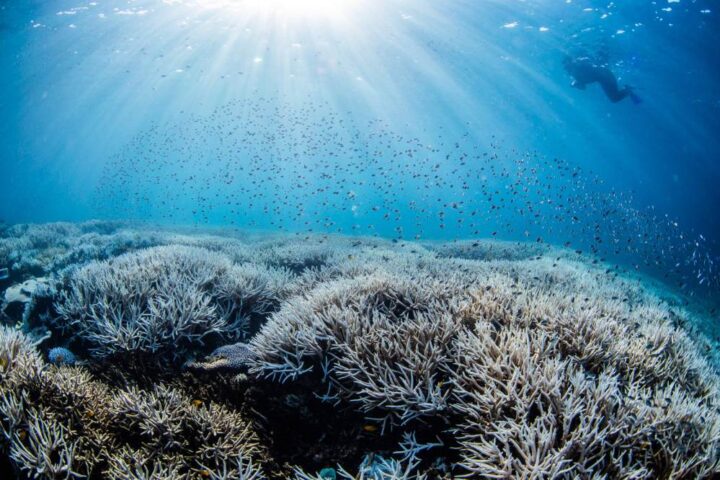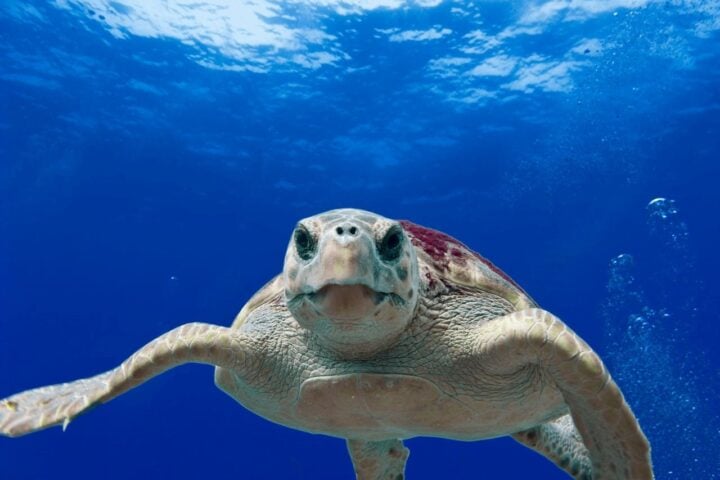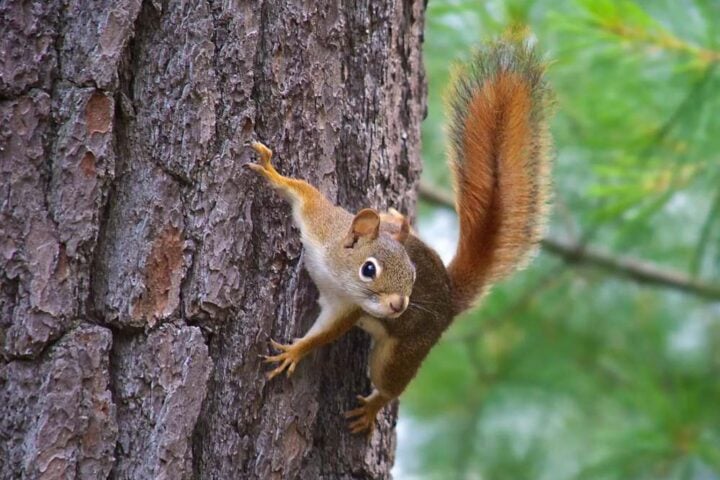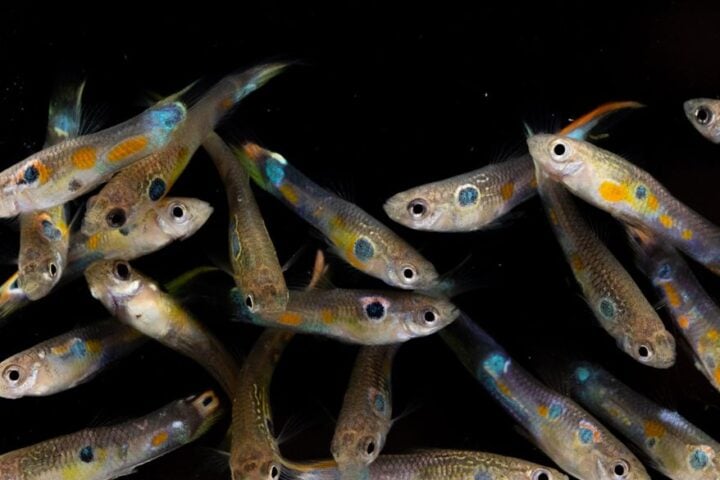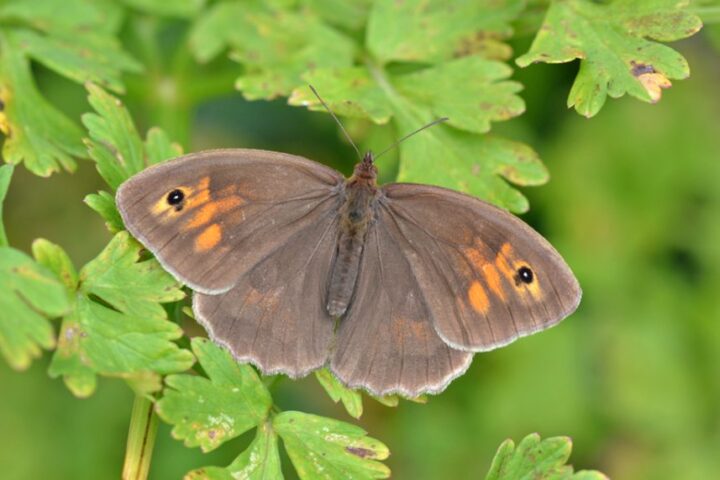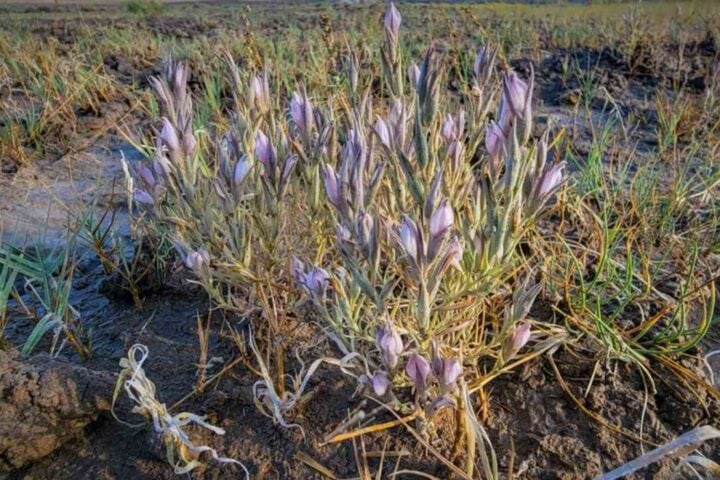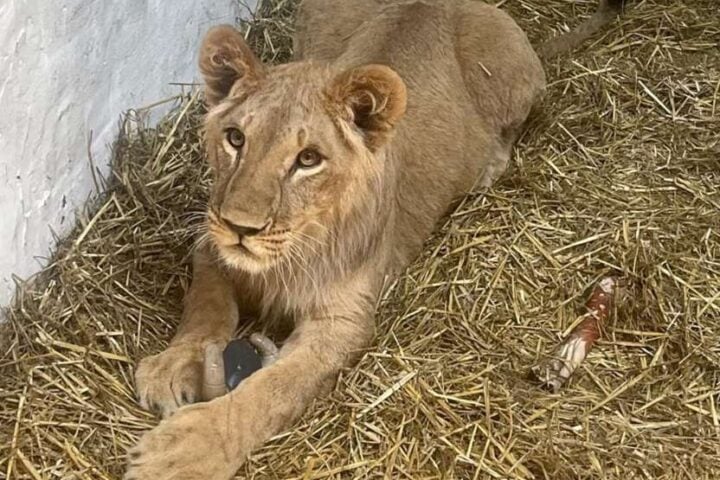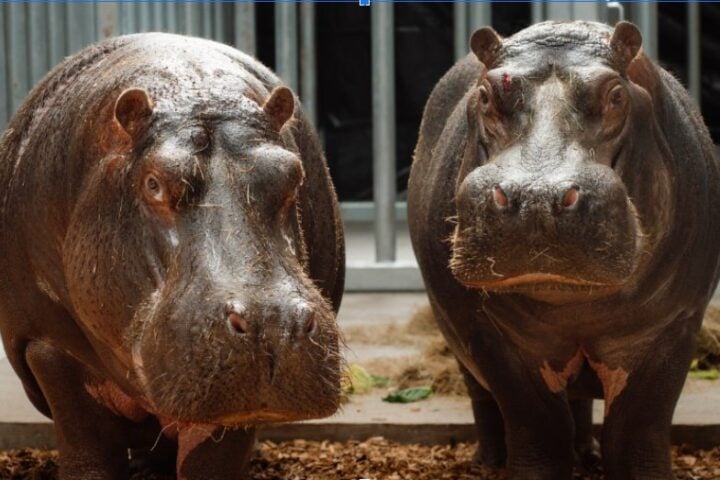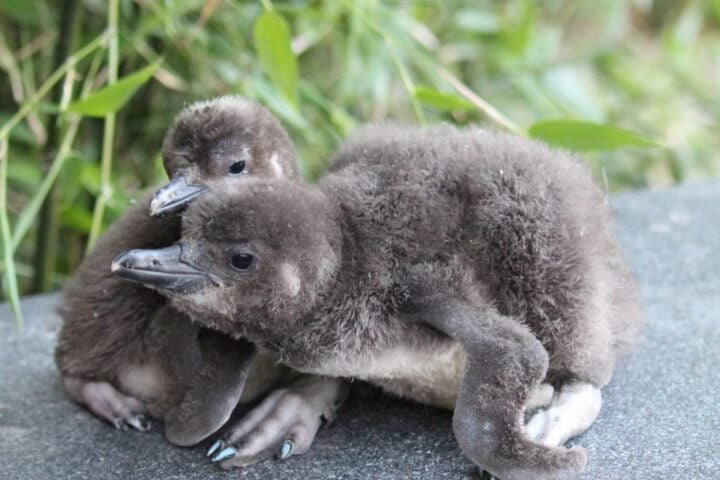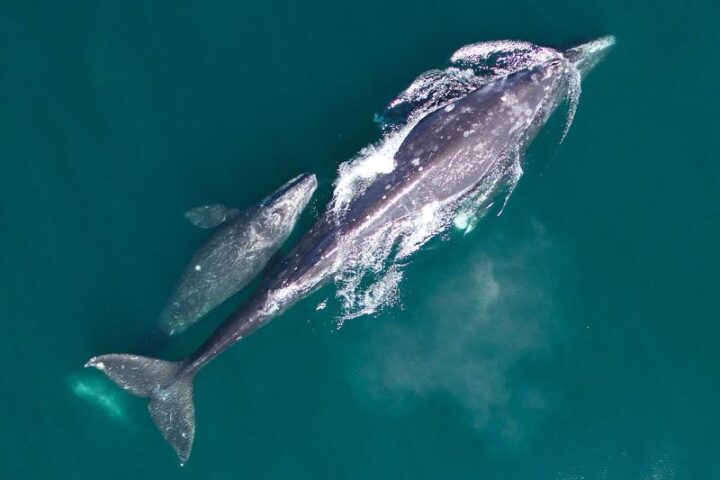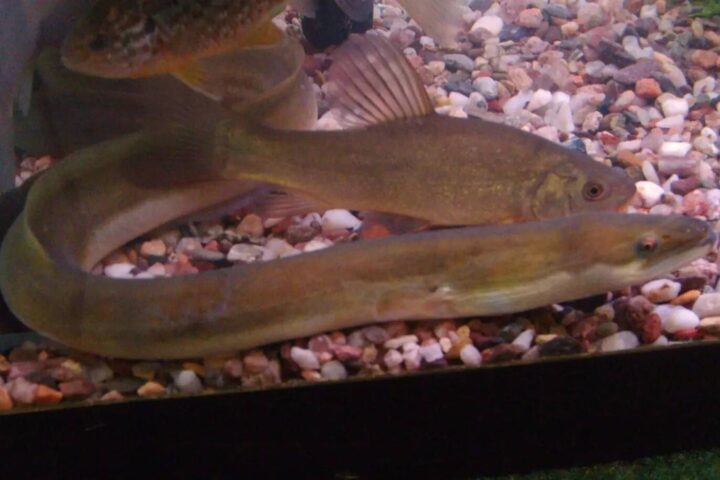The U.S. Department of the Interior has sounded the alarm on China’s relentless pangolin trade, echoing the cries of conservationists worldwide. China’s actions cast a shadow over our shared commitment to safeguarding wildlife, as outlined in international treaties. With the ball now in President Biden’s court, the world waits, hoping for a decision that champions the voiceless pangolins.
These scaly wonders, often mistaken for reptiles, are in fact the world’s most trafficked mammals, and their silent plea for help grows louder each day. In the bustling markets of China, pangolins are tragically seen as a delicacy and a remedy, rather than the marvels of evolution they truly are. Even as global conventions like CITES roar against the trade, loopholes and lax patrolling let these silent creatures slip through the cracks.
Sarah Uhlemann, a beacon in the conservation world, passionately remarked, “It’s high time China felt the weight of its actions on the pangolin trade.” She painted a grim picture, saying, “Every pangolin lost is a step closer to losing them forever, especially with China’s continued promotion in traditional medicine.” The Interior Department’s bold move was a response to the relentless efforts of conservation groups who petitioned back in 2020. Now, the Pelly Amendment’s clock ticks, giving the U.S. president 60 days to decide on sanctions that could be a game-changer for pangolins.
Similar Posts
Erica Lyman, a guardian of wildlife law, sees this as China’s golden chance to turn the tide and stand up for pangolins. She urged, “China’s recent steps are but baby crawls; we need giant leaps to truly save pangolins from the brink.” Between 2016 and 2019, the heart-wrenching number of 600,000 pangolins were whisked away from their homes, despite the global outcry against such trade. Recent findings by the vigilant eyes at the Environmental Investigation Agency (EIA) unveiled a troubling truth: pangolin scales still find their way into products.
James Toone, a wildlife warrior from EIA UK, voiced the urgency, “The clock’s ticking, and without halting this trade, we might be writing the last chapters of the pangolin story.” China’s 2022 reforms, though a step in the right direction, barely scratch the surface of the deep-rooted issue. EIA UK’s upcoming research in 2023 paints a worrying picture, with pangolin parts still lurking in online products. The global chorus is clear and loud: China, it’s time to shut the doors on markets that fuel this heart-wrenching trade.
History reminds us of the power of collective action; President Clinton’s 1993 decision led Taiwan to close its rhino market. The Center for Biological Diversity, with its army of 1.7 million nature lovers, continues its tireless fight for our planet’s treasures. The Global Law Alliance stands tall, shielding the wild wonders and spaces that make our world so vibrant. The Environmental Investigation Agency UK (EIA-UK) is on the frontlines, battling environmental crimes and standing up for the voiceless, from majestic elephants to the enigmatic pangolins.
The U.S., a guardian of the wild, has always stood firm for the protection of all pangolin species, urging the world to do the same. The Department of the Interior’s commitment is unwavering, and they’re reaching out to China, hoping to weave a new chapter in pangolin conservation. In two months, the world will watch as the President’s decision could chart a new course for pangolins and the global conservation movement.
Conservationists worldwide unite with a singular message: the time for action is now, and every pangolin saved is a victory for nature. The pangolin’s plight is a stark reminder of the delicate dance between human desires and the rhythms of the wild. As nations grapple with these challenges, there’s hope that compassion and understanding will light the way forward. The fate of pangolins is more than just a conservation issue; it’s a testament to our shared responsibility to the heartbeat of our planet.
Every pangolin saved is a step closer to healing our world, and every action counts in this global mission. In the heart of the forest, as a pangolin unfurls from its protective ball, it’s a silent plea for a world where they can thrive without fear. The winds of change are blowing, and with collective effort, we can ensure that pangolins roam free, away from the shadows of trafficking. Nature has its own rhythm, and pangolins are a vital note in that symphony; it’s up to us to ensure the music never stops.
The world watches, hopes, and acts, believing in a future where pangolins are celebrated, not sold. Every scale on a pangolin tells a story of evolution, survival, and hope; it’s a story we must protect at all costs. In the grand tapestry of life, pangolins play a crucial role, and their loss would leave an irreplaceable void. As the sun sets over the forests, the nocturnal pangolins begin their nightly forage, and the world must ensure that this ritual continues for generations to come. The whispers of the wild call out to us, urging us to stand up, act, and be the change that pangolins desperately need. In the heartbeats of these scaly wonders, we find a reflection of our own humanity and the shared dream of a harmonious world.
